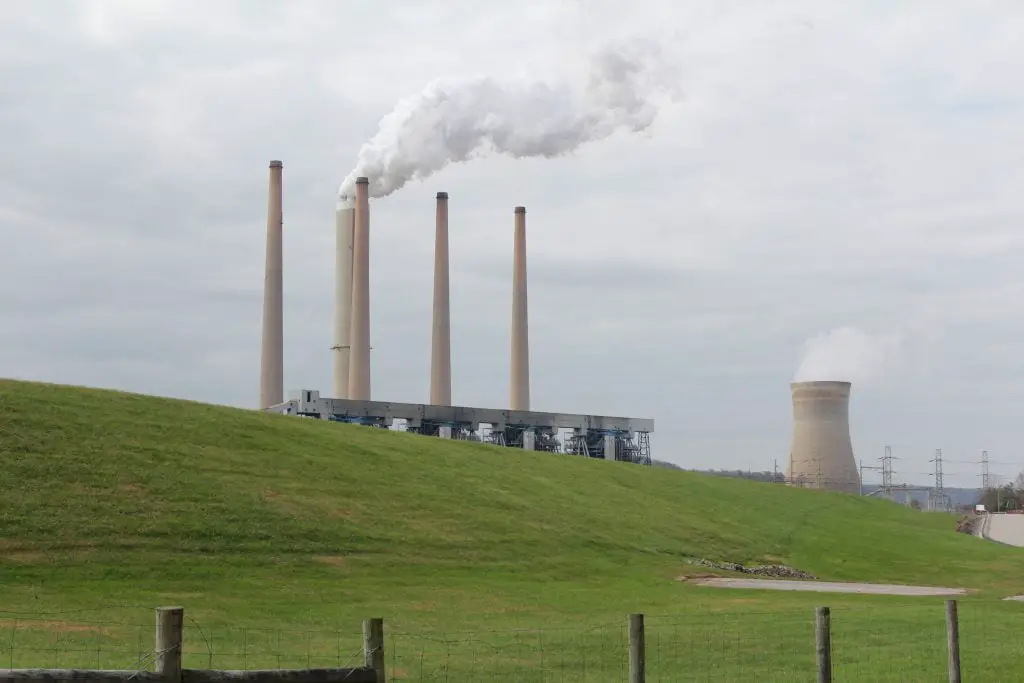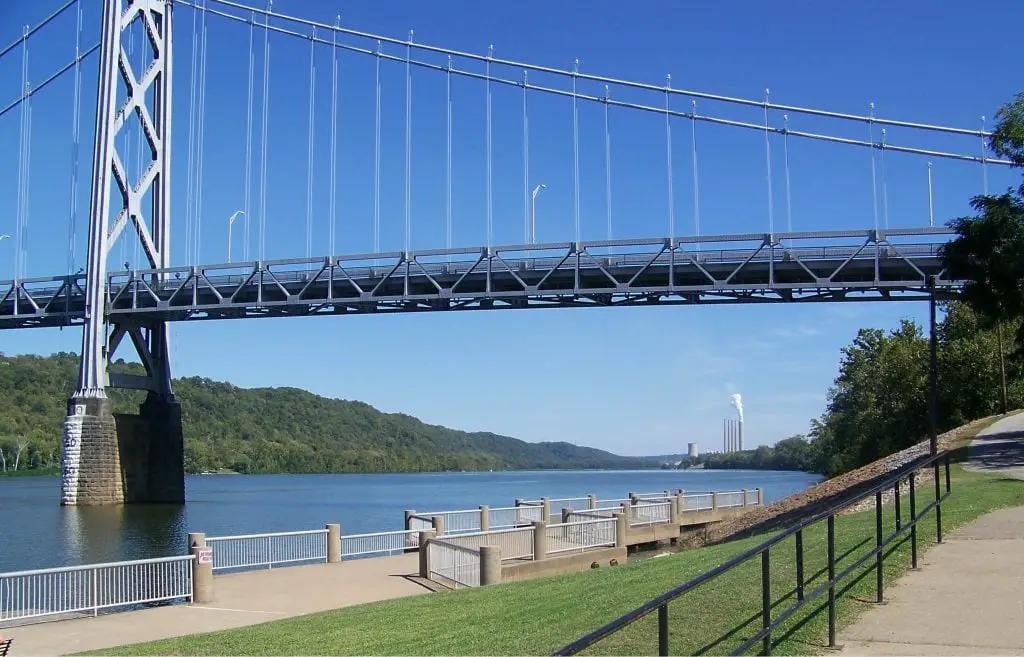J.M. Stuart Station: Origins and Operation
J.M. Stuart Station was not merely a coal-fired power plant; it served as a foundational element in the community of Aberdeen, Ohio. Established to provide energy for residential and industrial needs, the facility was a technological marvel during its operational years.
The station was equipped with four units, each with a capacity of 610 MW, employing supercritical technology to optimize efficiency and minimize waste. This state-of-the-art method was considered groundbreaking at the time of its implementation.
The facility was not solely about technological prowess; it had a significant human element. It employed generations of workers, becoming a major employer in the region. The towering chimneys of the station were a constant in the lives of local families, symbolizing human ingenuity and progress.
However, the facility faced numerous challenges, particularly during its initial years. Engineers and workers had to navigate the complexities of operating such a large-scale plant. Despite these hurdles, the station eventually became a reliable energy source for the surrounding areas.
Ownership and Management
The stewardship of J.M. Stuart Station was under the purview of AES Ohio LLC, a subsidiary of the AES Corporation. This entity was responsible for the facility’s daily operations and long-term strategic planning.
Key individuals in managerial roles had a significant impact on the trajectory of the station. Their decisions had a ripple effect, influencing the facility and the surrounding community. Maintenance schedules, employment policies, and other managerial choices were critical in shaping the station’s legacy.
The facility was not insulated from broader changes in the energy sector. As environmental concerns became increasingly salient and renewable energy options more accessible, the station was at a critical juncture. Difficult decisions had to be made, decisions that would have long-lasting repercussions.

Environmental Impact
The environmental ramifications of operating J.M. Stuart Station were considerable. The facility was a significant emitter of CO2, SO2, NOx, and Mercury. These emissions had localized and global consequences, contributing to air pollution and the broader issue of climate change.
Health-related impacts were also a significant concern. Scientific studies linked fine particle pollution from the station to various health conditions, including respiratory diseases. Furthermore, the station was ranked as the 11th most polluting power plant in terms of coal waste.
Efforts were undertaken to mitigate these environmental impacts. Various emission-reducing technologies were deployed, and compliance with environmental regulations was regularly monitored. Nonetheless, the ecological footprint of the station remained a subject of ongoing scrutiny and activism.
Incidents and Controversies
J.M. Stuart Station had its share of incidents that raised safety and operational standards concerns. Three incidents, in particular, stand out in the plant’s history, each with its own set of implications.
- Electrical Arc Flash in October 1994: This incident resulted in the tragic loss of two employees. An electrical arc flash occurred, leading to fatalities. The Occupational Safety and Health Administration (OSHA) levied a fine of $295,000 against DP&L for hazardous safety practices.
- Fly Ash Incident in July 2006: A worker died after a mound of fly ash collapsed back into the pond, engulfing the machinery and the individual. This incident raised questions about the safety measures for handling waste materials at the plant.
- Explosion in January 2017: An explosion at Unit 1 injured six people. The plant had to be temporarily shut down for a thorough investigation. Following this event, Unit 1 was permanently shut down, as it never resumed its role in commercial electricity production.
These incidents profoundly impacted the plant’s operations and reputation, leading to various safety reviews and procedural changes. They also contributed to the complex narrative surrounding J.M. Stuart Station, affecting both the facility and the community it served.

The Closure and Its Aftermath
The Sierra Club, an environmental advocacy organization, agreed with DPL, the station’s operator, to retire the facility. This marked a significant milestone, signaling the end of the station’s operational life. The remaining units were officially retired in June 2018.
The closure elicited mixed reactions from the community. While environmental advocates considered it a victory, many residents lamented the loss of a significant landmark and source of employment. The station had been an integral part of the community for years, and its closure left a physical and emotional void.
The cessation of operations at the station was multifaceted, influenced by economic variables and environmental considerations. The emergence of renewable energy sources and the escalating costs associated with coal-based energy production rendered the facility financially unsustainable. However, acquiring the site by Commercial Liability Partners (CLP) offered some hope for future redevelopment.
CLP’s purchase was not merely a commercial transaction but a commitment to the community. The company outlined plans for environmental remediation, groundwater monitoring, and site abatement, among other preparatory activities for potential redevelopment.
The Demolition in November 2022
The facility’s demolition in November 2022 marked a poignant moment in its history. Captured on video, the event was a solemn farewell to a structure that had been a community fixture for decades.
Commercial Liability Partners reiterated its commitment to minimizing community disturbance during this process. The objective was to pave the way for long-term redevelopment opportunities. The demolition was not merely a physical act; it symbolized the end of one chapter and the commencement of another.
The Hidden Layers: Archaeological Site at the Station
The lands around J.M. Stuart Station hold more than just industrial history; they are a treasure trove of archaeological significance. Known as the Greenlee Tract, this area was used by Native Americans for over 8,000 years and later by settlers in the 19th century.
As the plant looked to expand its fly ash disposal areas in the 1990s, a study was funded to determine the archaeological resources of the Greenlee Tract. From 1991 to 2011, periodic archaeology was conducted, leading to the collection of over 200,000 artifacts. These artifacts revealed human activity from the pre-Columbian and early 19th centuries.
The site also included a small cemetery with the graves of five pioneer families of Adams County. After obtaining permission from the closest kin, these families were reburied at Manchester Cemetery in Manchester, Ohio—a dedication ceremony in 1963 marked respect for the area’s historical significance.
Legacy and Lessons Learned
The history of J.M. Stuart Station serves as a case study of the complexities of industrial progress, community engagement, and environmental stewardship. The facility leaves behind a multifaceted legacy that offers valuable insights into the challenges and opportunities associated with energy production.
